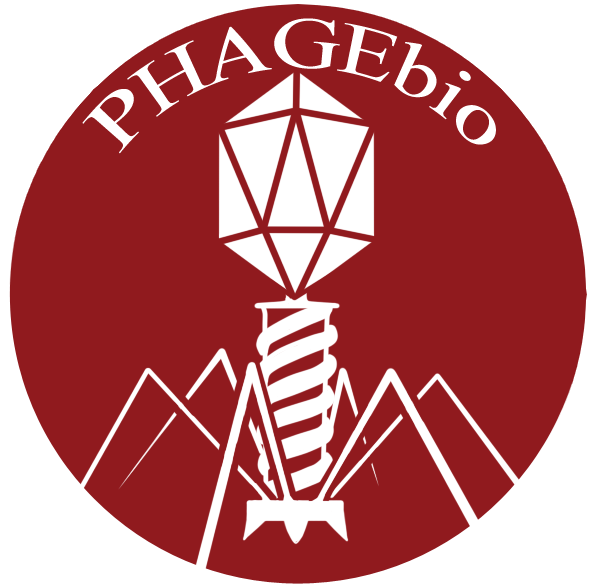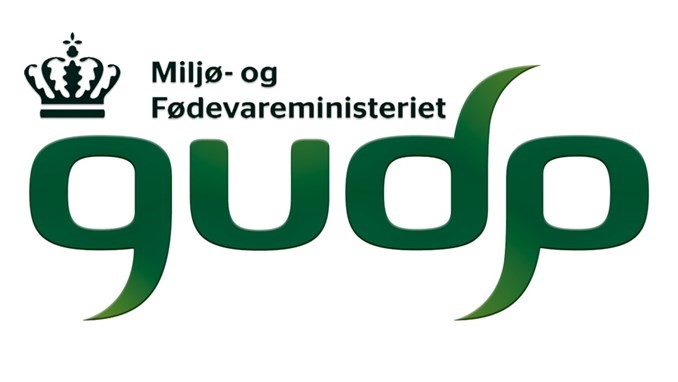
PHAGEBio: Phage biology and biocontrol
Bacteriophages are bacterial viruses that are harmless to humans and animals. We have known phages for over 100 years, and phage research has resulted in many exciting discoveries like CRIPSR-Cas. Because phages kill bacteria, a new area of phage therapeutics is developing.
We are dedicated to uncovering exciting new insights into the interactions between phages and bacteria. We also create innovative biocontrol solutions that address critical challenges posed by harmful bacteria in the food industry, animal production, and human health. Our target bacteria are Salmonella, Campylobacter, and E. coli, including antibiotic-resistant strains.
Identify novel molecular mechanisms of phage-bacteria interactions. Phages depend on their bacterial host for multiplication and interact with their bacterial host on many levels. We study how phages use diverse receptor-binding proteins to bind to bacterial surface receptors allowing them to recognize their host from the outside. Also, we elucidate how phages take over bacteria by hijacking their metabolism.
Investigate the impact of phages on bacterial evolution and vice versa. Phages are the natural predators of bacteria. They kill sensitive bacteria and allow the growth of phage-resistant bacteria, thereby selecting for diversity in the bacterial population and promoting evolution. Similarly, phages can evolve to overcome bacteria's phage-resistance mechanisms and receptor diversity. In our research, we study this intricate competition between phages and bacteria.
Explore phages and their components to combat pathogenic bacteria. Phages kill bacteria in a targeted manner, making them promising candidates for antimicrobial therapy. We are investigating how phages can combat pathogenic bacteria from the farm to the table. Additionally, we are developing phage enzymes and bacteriocins to specifically target foodborne pathogens, leveraging our extensive knowledge of phages and their genetic structures.
Identify novel molecular mechanisms of phage-bacteria interactions
- Campylobacter: A hybrid receptor binding protein enables phage F341 to infect Campylobacterby binding to flagella as the primary receptor and lipooligosaccharides as the secondary receptor (https://doi.org/10.3389/fmicb.2024.1358909)
- Salmonella: We established a large Salmonella phage collection and showed that phage genus and receptor are the major determinants of the host range by combining statistical approaches with phenotypic and genetic data (http://doi.org.10.1111/1462-2920.14597)
- E. coli: Gp38 adhesins of Straboviridae phages allow the phages to recognize specific extracellular loops of outer membrane protein receptors for infection. By analyzing the Gp38 sequences, we can predict what protein Straboviridae phages bind to (In prep.)
Investigate the impact of phages on bacterial evolution and vice versa
- Campylobacter: We showed for the first time that PolyG tracts promote phase-variable expression of receptor-binding proteins in Campylobacter phages, allowing them to adapt to hosts lacking the common receptor (https://doi.org/10.1016/j.celrep.2021.109214).
- Salmonella: The branched tail spike protein complex enables Ackermannviridaephages to adapt to diverse receptors of Salmonella and E. coli, and by exchanging the receptor binding domains among other phages, they can adapt to new hosts (https://doi.org/10.1016/j.isci.2024.110813)
Explore phages and their components to combat pathogenic bacteria
- Campylobacter: Campycins are novel engineered R-type pyocins that kill Campylobacter, reducing live cells by >3 logs by binding to the essential outer membrane protein MOMP and puncturing the membrane (https://doi.org/10.1007/s00253-024-13317-w)
- Salmonella: We performed a full-scale industrial trial in a pig slaughterhouse that resulted in an approximately 79% reduction of Salmonella-positive carcasses. It demonstrated that the implementation of phage applications in industrial settings can be used as an additional strategy to control foodborne pathogens (https://doi.org/10.1016/j.fm.2023.104240)
- E. coli: A new collection of 28 unique phages infecting E. coli was isolated, and broad host range phages targeting different receptors were used to compose phage cocktails that efficiently inhibit the growth of antibiotic-resistant ESBL E. coli (https://doi.org/10.1016/j.isci.2024.108826)
Click on the project line to read more.
BARE: Biocontrol of Antibiotic REsistant bacteria
CAMPACT: Innovative solutions to combat Campylobacter in the poultry meat production chain
DISCOVER: Phage-guided discovery of novel antibacterial targets
INTRALYTIX: Phage-host interaction in Campylobacter
INNOLYSINS: Novel antibacterials against Salmonella
NIH: Bacteriophage biology and engineering of E. coli phages
S. DUBLIN: Target biocontrol strategy to combat Salmonella Dublin in dairy cattle
Are you looking for a bachelor or master project?
We are always interested in recruiting students from all Universities for bachelor's and master's projects in veterinary medicine, biology, biology-biotechnology, bioinformatics, food science, and others.
Contact us for more information (Lone Brøndsted lobr@sund.ku.dk, Martine C.H. Sørensen mcp@sund.ku.dk) or see here for project ideas.

 |
Group Leader & Principal InvestigatorProfessor Lone Brøndsted President of the International Society of Viruses of Microorganisms
|
 |
Principal InvestigatorAssociate Professor Martine C. H. Sørensen Organizing committee of https://www.phagedenmark.com
|
Group members
| Name | Title | Phone | |
|---|---|---|---|
| Brøndsted, Lone | Professor | +4535332756 | |
| Leon Quezada, Rayen Ignacia | Postdoc | +4535335418 | |
| Lutz, Veronika Theresa | Academic Research Staff | ||
| Sørensen, Martine Camilla Holst | Associate Professor | +4535336454 | |
| Sørensen, Anders Nørgaard | Postdoc | ||
| Van Overfelt, Saar Sabine F | PhD Fellow | +4535329034 |










